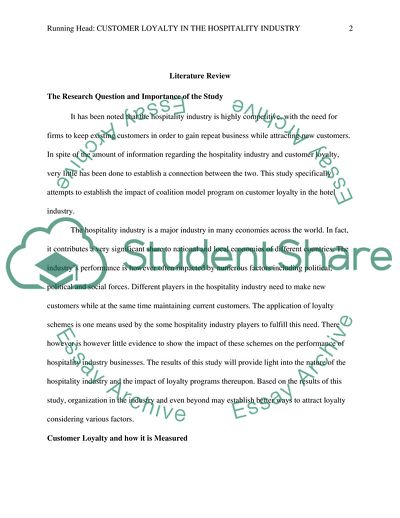Cite this document
(Customer Loyalty in the Hospitality Industry Literature review, n.d.)
Customer Loyalty in the Hospitality Industry Literature review. Retrieved from https://studentshare.org/marketing/1751101-preliminary-literature-review
Customer Loyalty in the Hospitality Industry Literature review. Retrieved from https://studentshare.org/marketing/1751101-preliminary-literature-review
(Customer Loyalty in the Hospitality Industry Literature Review)
Customer Loyalty in the Hospitality Industry Literature Review. https://studentshare.org/marketing/1751101-preliminary-literature-review.
Customer Loyalty in the Hospitality Industry Literature Review. https://studentshare.org/marketing/1751101-preliminary-literature-review.
“Customer Loyalty in the Hospitality Industry Literature Review”. https://studentshare.org/marketing/1751101-preliminary-literature-review.


